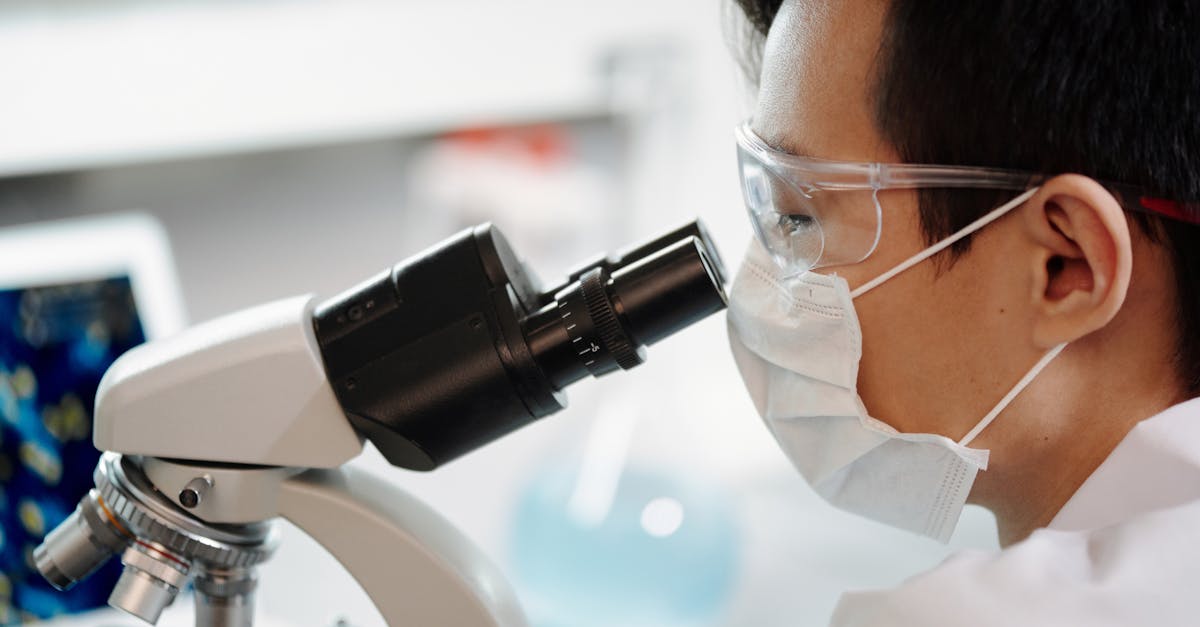Most analysts love Thermo Fisher Scientific, which has an average rating of buy. But there's reason to believe the stock may be overvalued at today's price of $551.46 per share. Let's look at the fundamentals ourselves and see if we reach a different conclusion than the analyst community.
The most common valuation metric for stocks is the trailing price to earnings (P/E) ratio. Thermo Fisher Scientific has a P/E ratio of 31.26 based on its 12 month trailing earnings per share of $17.64. Considering its future earnings estimates of $26.75 per share, the stock's forward P/E ratio is 20.62. In comparison, the average P/E ratio of the Industrials sector is 20.49 and the average P/E ratio of the S&P 500 is 15.97.
Thermo Fisher Scientific's P/E ratio tells us how much investors are willing to pay for each dollar of the company's earnings. The problem with this metric is that it doesn't take into account the expected growth in earnings of the stock. Sometimes elevated P/E ratios can be justified by equally elevated growth expectations.
We can solve this inconsistency by dividing the company's trailing P/E ratio by its five year earnings growth estimate, which in this case gives us a 4.284 Price to Earnings Growth (PEG) ratio. Since the PEG ratio is greater than 1, the company's lofty valuation is not justified by its growth levels.
We can also compare the ratio of Thermo Fisher Scientific's market price to its book value, which gives us the price to book, or P/B ratio. A company's book value refers to its present liquidation value -- or what would be left if the company sold off all its assets and paid off all of its debts today. TMO has a P/B ratio of 5.11, with any figure close to or below one indicating a potentially undervalued company.
The final element of our analysis will touch on Thermo Fisher Scientific's ability to generate cash for the benefit of its shareholders or for reinvesting in the business. For this, we look at the company's levered free cash flow, which is the sum of all incoming and outgoing cash flows, including the servicing of current debt and liabilities. Thermo Fisher Scientific has a free cash flow of $6.9 Billion which it uses to pay its shareholders a 0.25% dividend.
With most indicators pointing at a higher than average valuation with uncertain growth prospects, most analysts are either wrong about Thermo Fisher Scientific, or their research has uncovered one or more qualitative reasons to invest in the stock. For example, the strength of the management team and their plan for executing the business strategy may have convinced some analysts to give less weight to traditional quantitative factors.


